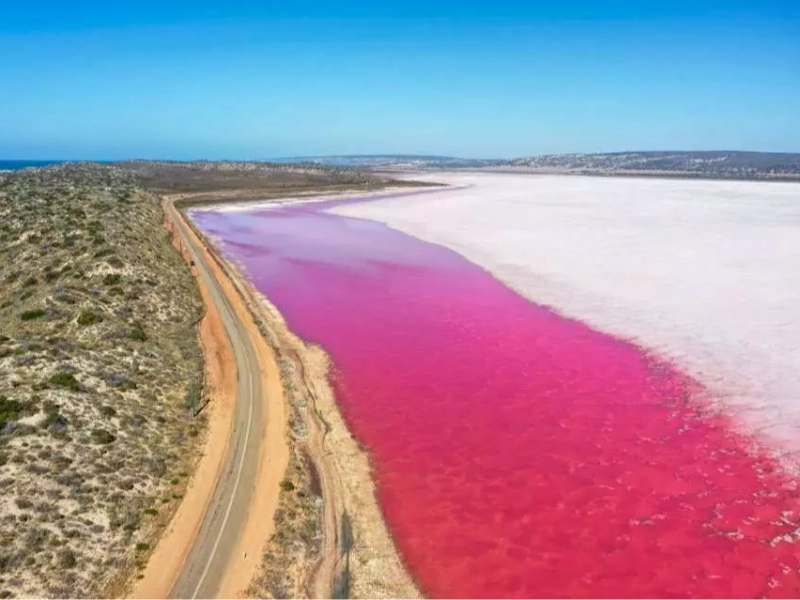7. Understand the Science

Understanding the science behind the unique color of pink lakes can deepen your appreciation for these natural wonders. The distinctive pink hue is typically caused by the presence of specific microorganisms, such as Dunaliella salina algae or Halobacteria. These organisms thrive in high-salinity environments and produce beta-carotene, a reddish-orange pigment that gives the lakes their characteristic color. The intensity of the pink depends on the concentration of these microorganisms, which is influenced by factors like salinity, temperature, and light conditions. Some pink lakes, such as Australia’s Lake Hillier, maintain their color year-round due to stable conditions, while others may change seasonally. The high salinity levels in these lakes create a harsh environment where few species can survive, resulting in unique ecosystems. In some cases, the pink color is further enhanced by the presence of salt-loving bacteria in the water or salt crust around the lake. By understanding these scientific aspects, you can better appreciate the delicate and complex balance that creates such natural marvels. It’s fascinating to consider how these extreme conditions support life and produce such strikingly beautiful landscapes. Knowing the specific factors that influence the color of your chosen pink lake can help you plan your visit for optimal viewing and engage in informed discussions about the lake’s ecology and conservation needs.
Advertisement

